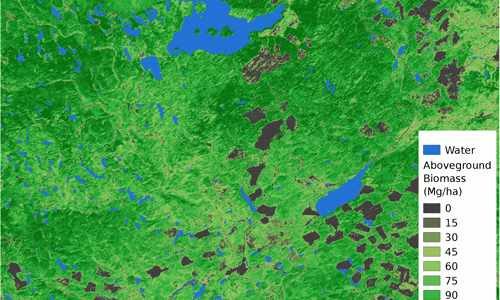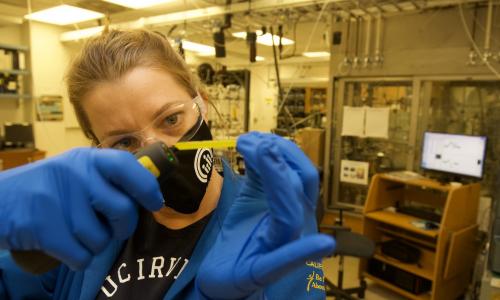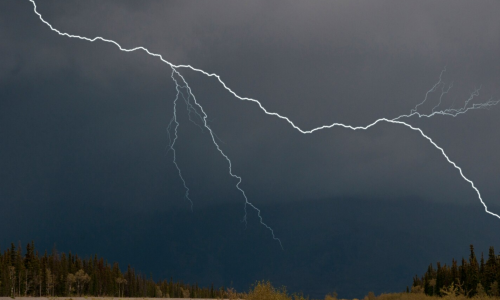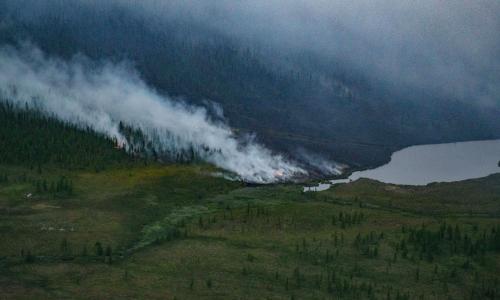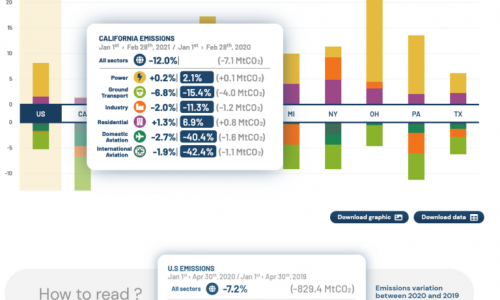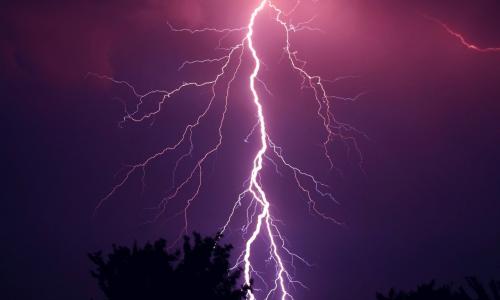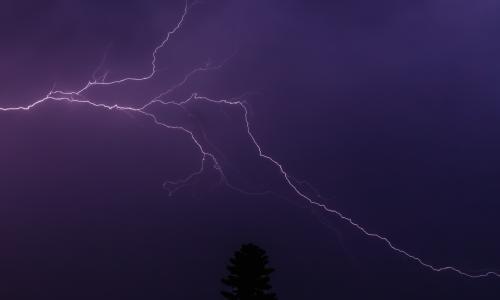Climate Change
Apr 30, 2021
Physical Sciences AISIESS program helped Native American students connect with their tribal lands on a new level.
Apr 29, 2021
The Arctic is getting greener as the climate warms — but it’s not greening fast enough to absorb very much carbon dioxide, Boston University and UC Irvine scientists find.
Apr 23, 2021
In this panel discussion, three UCI Physical Sciences experts chat about the current state climate change science.
Apr 23, 2021
Chemistry Ph.D. student answers questions about her research on the chemical transformation of pesticides.
Apr 22, 2021
UCI glaciologist Eric Rignot broadcasted live from Greenland to answer questions about everything from ice sheets to climate change.
Apr 21, 2021
Their research aims to find chemical solutions for climate change problems.
Apr 9, 2021
Lightning in the Arctic used to be so vanishingly rare that people could go their whole lives without seeing a flash. But as the region warms rapidly, it may become more common—with effects that…
Apr 7, 2021
THE ARCTIC ISN’T doing so hot. That’s because it is, in fact, too hot. It’s warming at least twice as fast as the rest of the planet, which is setting off vicious feedback…
Apr 7, 2021
Tool helps to track abrupt yet temporary emissions declines during pandemic.
Apr 6, 2021
Over the course of 2019 and 2020, hundreds of fires burned in the tundra of Siberia, releasing stores of carbon similar to the entire annual emissions of France. As the Arctic continues to warm,…
Apr 6, 2021
This week, a story about lightning strikes the news world.
Apr 5, 2021
UCI-led team reports that an increase in lightning will drive both wildfires and warming above Arctic Circle.


